Every. single. year. I count down the days until it's finally time to bake Pão de Mel in the last week.
Though this spiced honey cake is a beloved year-round treat in Brazil, it holds a special place in my heart as an end-of-year tradition from my childhood. While there’s no specific date tied to it in our gastronomic culture (ask anyone in Brazil anytime—they’ll likely conjure up a slice of Pão de Mel for you!), in my household, it was reserved for the festive season. For a sweet-toothed kid like me, it was the highlight of the holidays.
I think I owe much of this love to the Eastern European side of my heritage, where honey is a symbol of good fortune and often graces New Year’s dishes—both sweet and savory. Now, in the U.S., I find the spiced flavors of Pão de Mel lean a lot more Christmassy. But for me, this cake has always been about ringing in the New Year with sweetness and hope. And let’s face it: we could all use a good dose of hope for 2025, couldn’t we?
Pão de Mel literally translates to "Honey Bread," but don’t let the name fool you—it’s cake through and through. And while it doesn’t scream honey as a dominant flavor, the honey plays a subtle, elegant role. It’s like that guest at the (NYE) party who’s so well-dressed, classy, and impeccably graceful that you almost don’t notice them, but everything feels off without them there.
Honey is indispensable in Pão de Mel (hence its name), and it has to be high-quality. Luckily, during my childhood, this was never an issue. Amazonian honey comes (or at least used to come) from pristine, biodiverse environments with minimal industrial agriculture and pesticides. It’s one of the few places in the world where honey is still truly organic. Isn’t that incredible? (And also incredibly sad.)
But unlike me, Pão de Mel didn’t originate with the native honey from the Amazon. Its roots can be traced back to German Lebkuchen and French Pain d’épices—two classics I absolutely adore! In fact, nearly every medieval European country had its own version of a spiced honey cake. But my homeland, of course, added its own twist to the tradition, another tropical ingredient that we take a lot of pride in: chocolate.
Chocolate is chocolate, you know? It takes center stage. But there's still room for everyone else to shine, especially when Doce de Leite (our creamy caramel-like treasure) joins the celebration. This creamy filling offsets the richness of the other ingredients harmonizing perfectly with the spiced cake and chocolate coating, creating a match made in what I consider pure dessert heaven.
Traditionally, Pão de Mel is made as small individual cakes, either baked in tiny molds or cut from a tray bake into squares or circles, then filled and dipped in chocolate. But I decided to break from tradition (another one of my traditions) and make a full-sized cake version. Why? Well, it’s easier (which is always a win!), and it retains so much more moisture, letting the luscious filling shine even brighter.
That said, Pão de Mel can sometiiiimes cross the line into being overly sweet—at least for my taste. Desserts always benefit from contrast (humans, too!). So, I spent some time brainstorming which ingredient could complement this cake without altering its structure or overwhelming its flavor. I wanted something that would add a je ne sais quoi, a hint of complexity.
The answer came to me during a trip to Napa Valley back in October. I was invited by my friends at California Prunes to attend the Cherry Bombe Jubilee. It was a feast for the senses—so much to eat, drink, and think about. I was incredibly inspired by the difference women are making in the world of food and how much space there still is for people like me to contribute.
I was also completely inspired by all the incredible baking! America, we truly are a country of bakers! ❤️

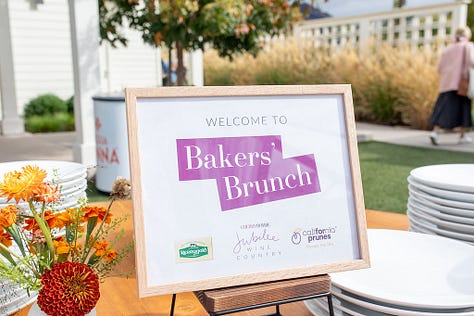

And then, in a Pão de Mel eureka moment, it clicked (obviously): PRUNES!
How could I have not thought of the ingredient that's always in my recipe repertoire?
I adore prunes for so many reasons, but mostly because these little gems are naturally sweet with a subtle tanginess that balances rich flavors (which always fascinates me, considering how rich they are themselves).
They have a depth that’s hard to describe but soooo easy to fall in love with. Adding prunes to my Pão de Mel didn’t just bring a layer of flavor sophistication to the cake—it also introduced a delightful structural element to the batter.
A touch of extra moisture, an indescribable tenderness (and lightness) to the crumb, and a pleasant chewiness that finally gave me that elusive charm I’d been searching for. I think it's the fiber content in prunes, and I’m honestly considering adding them to every cake I bake from now on. And you should, too!
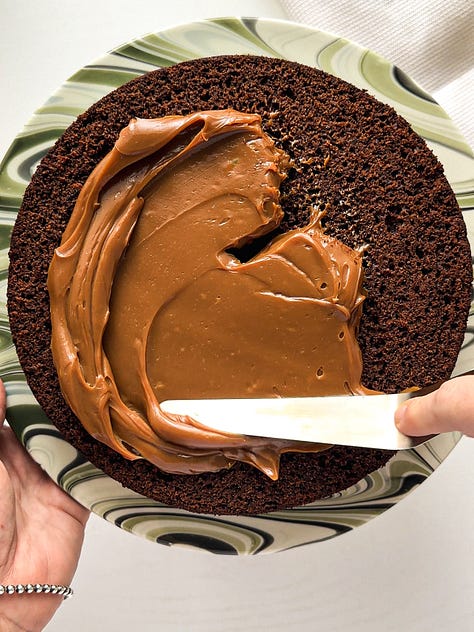
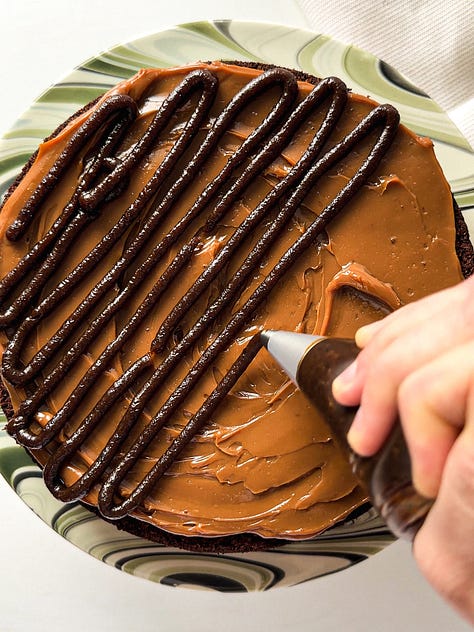
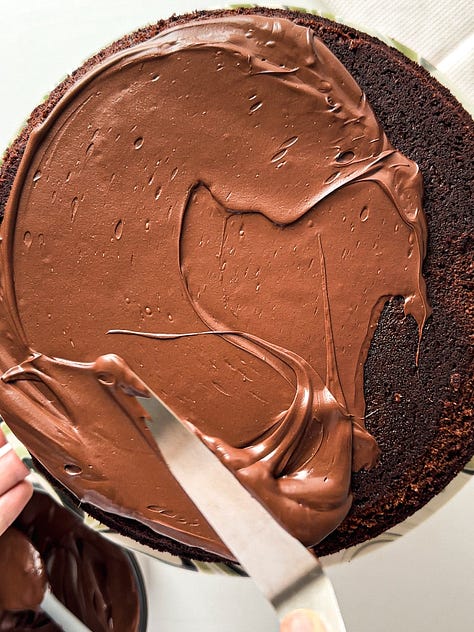
Nothing brings me more joy than blending a cherished, homey tradition with the vibrant bounty of California. Isn’t it amazing how the kitchen can unite all the layers of who we are (just like a good cake)?
And you know what that gives me? HOPE.
Wishing you a joyful New Year, my dear! 🥂
A huge MERCI to my friends at California Prunes for including me in the Cherry Bombe Jubilee Wine Country, for their constant support of my work, and for sponsoring this recipe.
Before you check out the recipe, can I ask you a small favor? If you enjoy my recipes, I would love it if you could press the ❤️ button to show me that you were here. It means more to me than you can imagine.
Brazilian Pão de Mel Cake with California Prunes
This warm, spiced Brazilian cake is soft, moist, and filled with layers of decadent Doce de Leite and California Prune butter for a tangy note. Topped with a smooth, glossy chocolate glaçage that cracks with a satisfying snap as it cools, it’s a show-stopping dessert that’s perfect for any occasion—especially a New Year’s Eve celebration inspired by my childhood traditions.
If you’re not in the mood for layering, simply bake the cake and serve it with the fillings and topping on the side. The result is equally impressive (and delicious).
Makes 12 slices
For the batter
2 cups (about 300gr) pitted California Prunes (to make prune butter)
1 cup (8 fl oz / 240 ml) boiling water (to make prune butter)
2 large eggs
2½ cups (300g) all-purpose flour
1 tablespoon (15g) baking soda
Spices: 1 tablespoon ground cinnamon; 1 teaspoon ground ginger; 1 ½ teaspoon ground cloves; 1 teaspoon ground allspice
¾ cup (200ml) whole milk
For the filling
1 cup prune butter (about 200gr)
½ cup (120 ml) whole milk (to soak)
For the chocolate glaçage
Preheat your oven to 350°F (180°C) and position a rack in the center. Butter a 9-inch (23 cm) round cake pan, then dust it with cocoa powder to coat or line the bottom with parchment paper.
In a medium bowl, cover the prunes with boiling water and set them aside.
In a large bowl, sift together the flour, cocoa powder, spices, and baking soda. Reserve.
In another large bowl, use a hand whisk to cream together the brown sugar and softened butter until light, pale, and fluffy—about 3-5 minutes. You can use a stand mixer or electric mixer if you prefer, but I find a hand whisk works just fine (think just one bowl; fewer dishes).
Add the honey and mix well. Incorporate the eggs one at a time, whisking vigorously after each addition to incorporate air and make the mixture lighter.
Next, go back to the prunes. Transfer them to a blender or food processor and blend until you get a thick paste. If you prefer, you can mash them with a fork instead, though the texture will be more noticeable in the cake (which I actually love!). Add half of the prune paste to the batter and reserve the other half. Mix it in well—don’t worry if the batter looks awfully curdled. That's how it's supposed to be.
Gradually add the dry ingredients to the wet mixture, alternating with the milk, beginning and ending with the dry ingredients. Start with the whisk, but switch to a spatula halfway through, so this way you work the gluten a bit less.
Pour the batter into the prepared pan and smooth the top. Bake for 40-50 minutes, or—you know the drill—until a toothpick inserted in the center comes out clean.
Let the cake cool in the pan for 10 minutes, then transfer it to a wire rack or plate to cool completely.
While the cake cools, prepare the prune butter: Add the reserved prune purée to a small heavy-bottomed pan. Heat over medium heat, stirring constantly with a spatula or wooden spoon for about 10 minutes, until the consistency becomes jam-like. The most important cue here is the color, which will turn translucent and jewel-like when it's ready.
After at least 30 minutes of cooling, though ideally one hour, slice the cake in half horizontally, creating two layers.
Transfer the bottom cake slice to the cake stand you plan to serve. Now, using a kitchen brush, lightly soak it with half of the ½ cup of milk, then generously spread on the Doce de Leite.
Spread the prune butter on top of the Doce de Leite (or pipe it on for a smoother, more even distribution).
Soak the other layer with milk and use a plate to help you gently lift and slide it onto the top of the bottom layer. If any filling oozes out, use a paring knife to trim the edges for a neat finish. Let the cake rest for a few minutes while you prepare the glaçage.
For the glaçage, place the chocolate in a small microwave-safe bowl and microwave in 30-second intervals, stirring in between, until fully melted—this should take no more than 1½ minutes, depending on the power of your microwave, so it's important to keep an eye on it to avoid burning the chocolate.
Pour the melted chocolate over the top of the cake. Using a decorative spatula, spread it evenly, covering the entire cake. Don't worry about making it perfect—especially if it's your first time! Even if it’s a little messy, it will still taste amazing. Don’t stress, the imperfections make it uniquely yours! Enjoy the process and trust that it’ll be delicious.
Traditionally, Pão de Mel, covered in chocolate, has a chocolate snap, so it's nice to let the glaze cool for a bit so it firms up and gives the cake that same snap.
Once the cake has completely cooled, wrap it tightly in plastic wrap or store it in an airtight container. It will keep at room temperature for up to 5 days. The cake actually gets better over time, with the flavors continuing to develop and humidity retained inside.
If you need to store it for a longer period, you can refrigerate the cake, though it might dry out slightly. Be sure to wrap it tightly to prevent moisture loss. It should stay fresh for up to a week in the fridge.
If you'd like to keep the cake for even longer, you can freeze it. Wrap it well in plastic wrap, then place it in a freezer bag or airtight container. It can be frozen for up to 3 months. To serve, let it thaw at room temperature for several hours or overnight.
Disclaimer: All opinions and content shared in this newsletter are my own. While I may occasionally partner with brands I truly believe in, any sponsored content or collaborations will always be clearly noted. Additionally, some of the links in this newsletter may be affiliate links, meaning I may earn a small commission if you make a purchase through them. This comes at no extra cost to you, and I only recommend products I genuinely love and believe in. Thank you for supporting my work! 💜
Illustrations by Cozinha Ilustrada






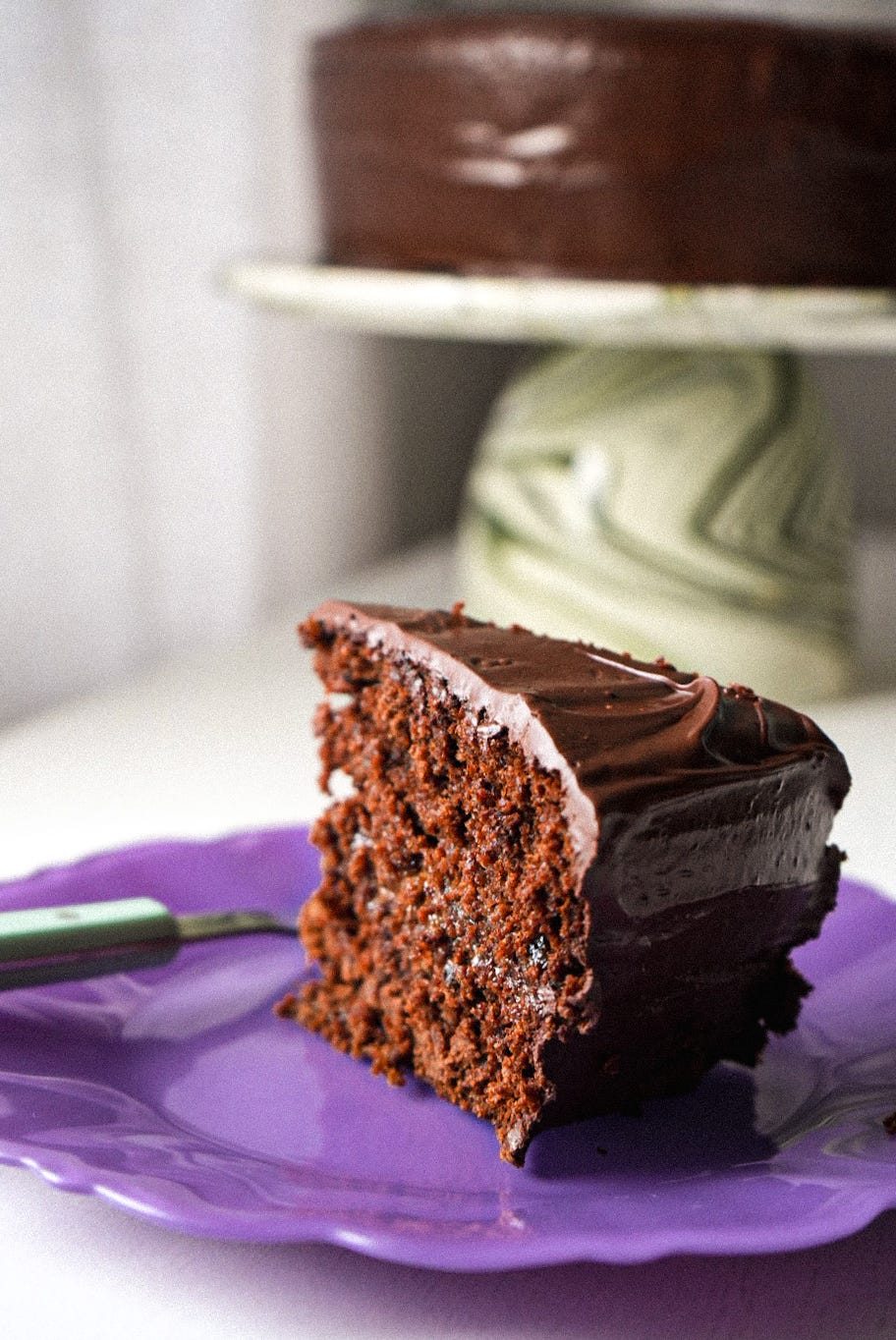



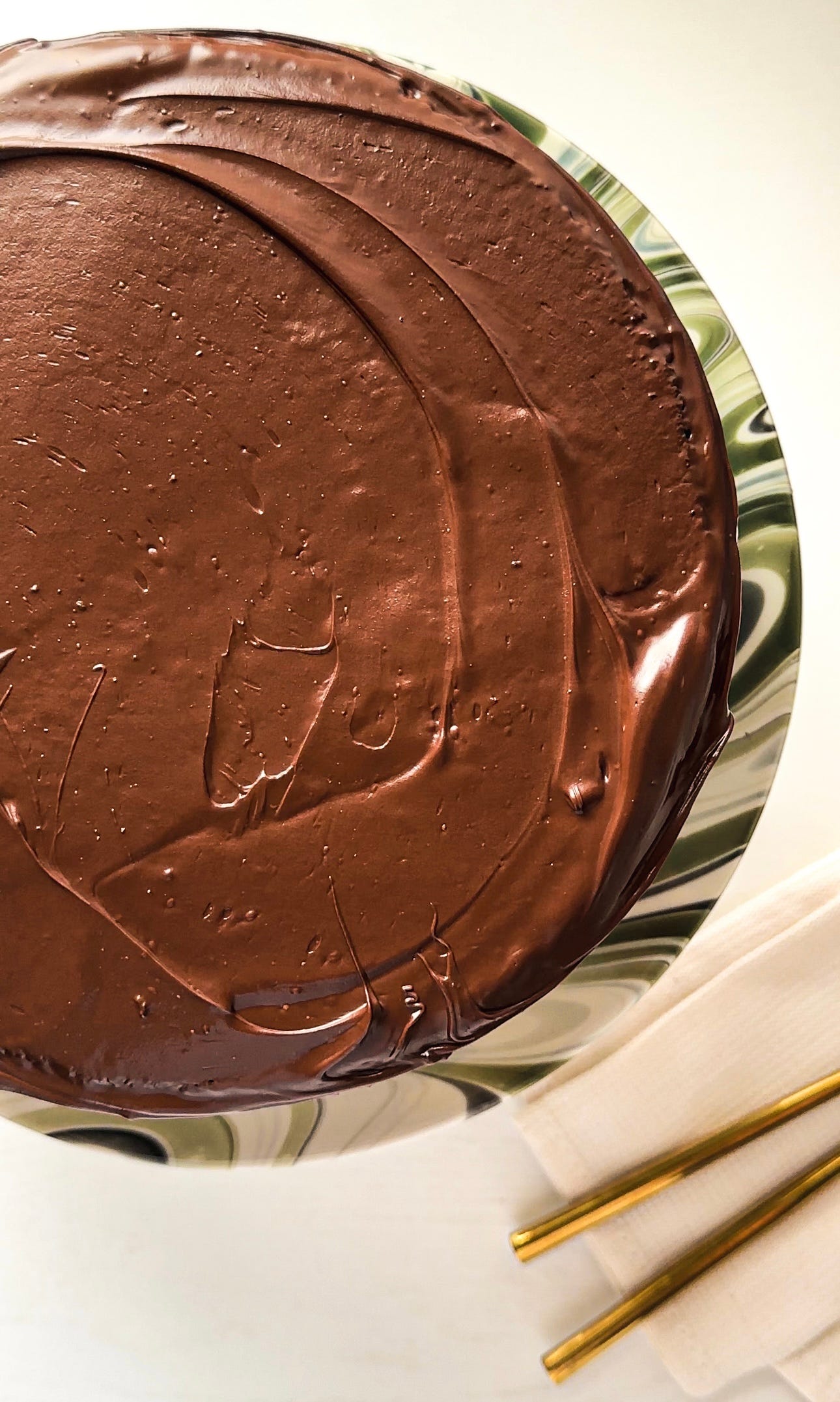


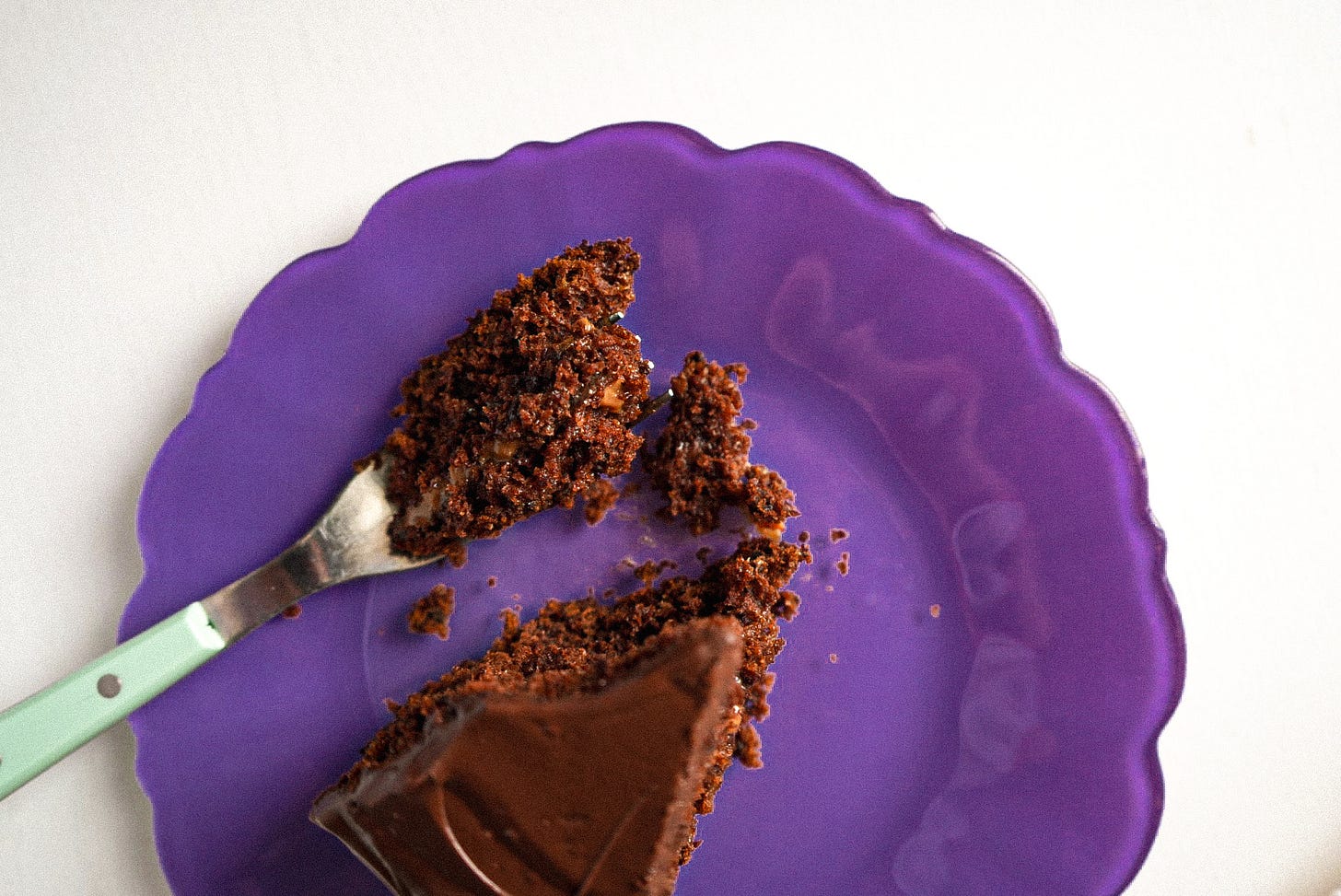
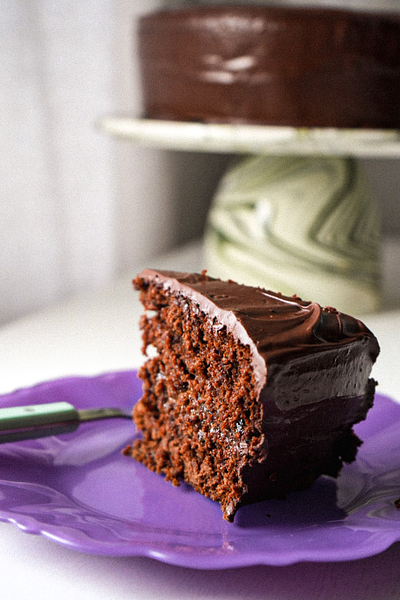
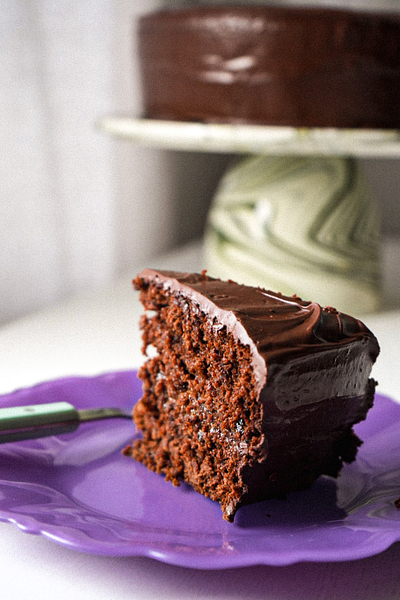




What a brilliant recipe 💕
Couldn’t have a best and sweetest way to end 2024, thanks this tasty and extravagant recipe 🫶